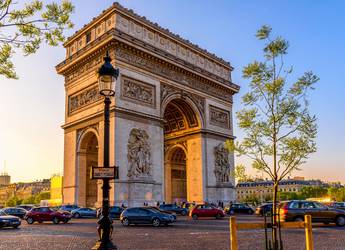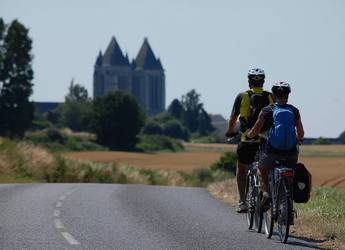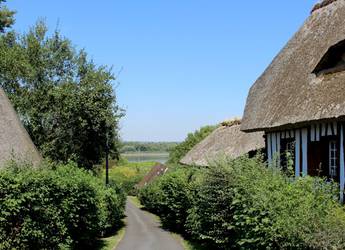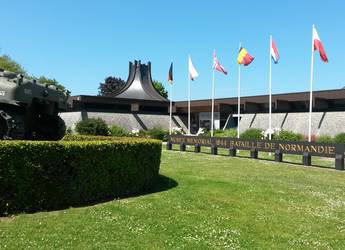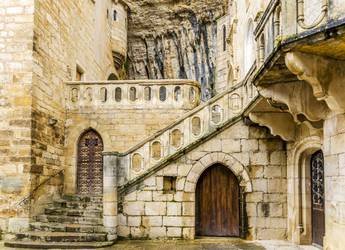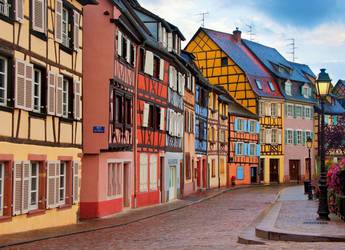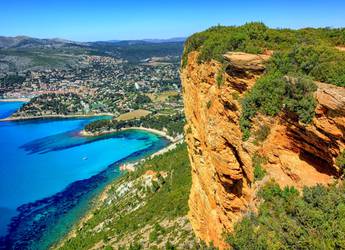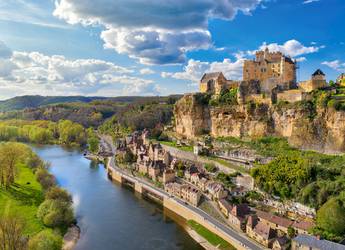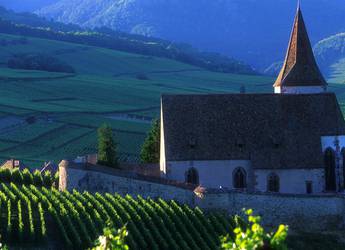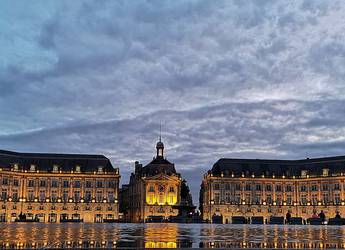Tap to search
France is the most visited country in the world and has been for many years. You only have to look at the history, ancient and contemporary art and architecture, the amazing geographical beauty to understand why. Add to that the intriguing French culture and lifestyle, regions rich in local food specialties, medieval chateaux, charming out of the way villages and famous wine regions, and this fascinating country becomes one of our most desired destinations. Discover this inriguing country on a Slow Tour in France.
We have a selection of regional small group tours, (regions such as Provence, Alsace, French Riviera etc.) Luxury Barge Tours, Bike & Barge Tours , Gourmet Food Tours, Wine Tours, Language School (great to brush up on the French before touring!), Cycling Tours, Walking Tours, golf packages, gardens and more. Your choice! And whichever of our tours you choose, we are certain you will love it!
Book a tour in France and discover some of the better known regions, such as Provence: where lavender blooms in June and July; French Riviera: where the foothills of the Alps flow down to the golden beaches and dizzy night spots; Alsace: where German style houses and quaint villages will charm you; Burgundy: home of arguably the best known wine region; Bordeaux: A beautiful city as well as a large region for wines; Normandy: known for the battlefields as well as its northern beaches; Brittany: lesser known but a wilder region with stone cottages, sailing harbours and oysters. Discover some of the other regions if you like to stay away from the crowds!
